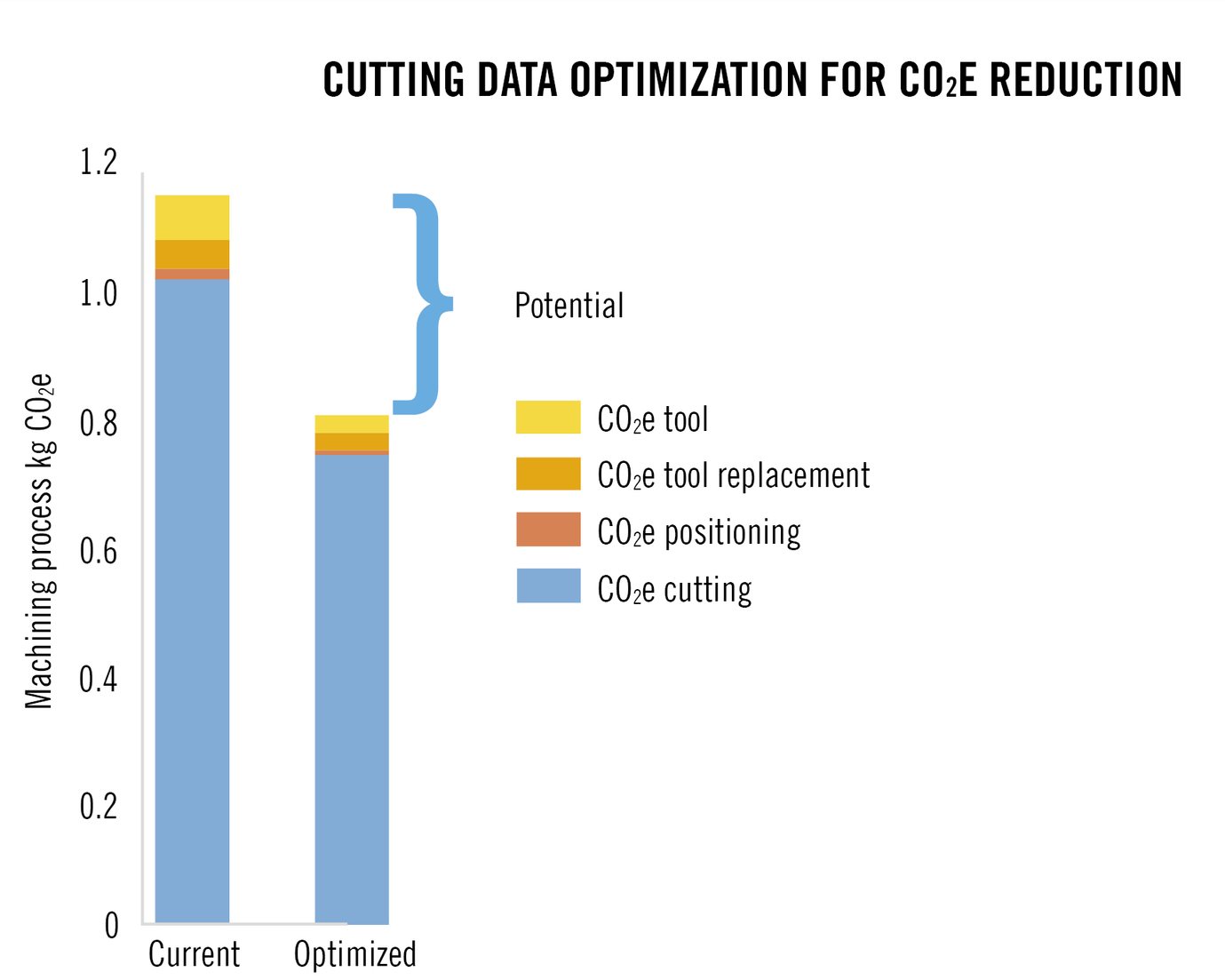SECO Helps Customers Reduce Their Carbon Footprint
Seco already has well-established methods for life cycle analysis of its own products and for mapping of production processes as part of its aim to reduce the company’s climate impact. The next step is to also offer to help reduce customers’ carbon footprint.
Sustainability is one of the strategic focus areas for Seco, and the company has ambitious targets and well-developed plans for how to contribute to a better climate in accordance with the UN Global Goals.
The company uses established calculation methods to report greenhouse gas emissions from its own production. As the next step, Seco is developing systems that will enable its customers to optimize the use of Seco products and thereby reducing their climate impact. “When companies analyze their climate impact, they generally base this on traditional life cycle analyzes of their own manufacturing and products. However, 70% of the climate impact of our tools occurs in the user phase. Significant gains can be achieved by helping our customers optimize the use of our tools,” says Ted Forslund, Global Sustainability Coordinator at Seco.
Seco and its R&D department are now developing data models which can be used to calculate customers’ carbon footprint in the user phase. The model takes the entire life cycle of a tool into account, including energy consumption and the use of coolant in the customers’ production processes. This in turn helps customers to optimize their processes and reduce their climate impact. “By making the right choices, using the correct cutting data, and avoiding suboptimizations when producing individual parts, customers are able to reduce their carbon footprint by at least 20%. The idea is to find the optimal way to produce a part by changing different parameters,” said Sören Hägglund, Ph.D. and R&D Expert Cutting Data at Seco.
To help with this, the R&D department at Seco has developed software that can be used to simulate various production processes and try out different alternatives for producing an item, such as choice of processing method, machine, strategy, and tool. “For example, it is possible to see if you are using a machine or tool to its full potential during a particular production process. If you can see that the full potential of a machine or tool is not being used, it might be worth selecting other options in order to minimize the carbon footprint,” says Daniel Johansson, Ph.D. and Senior R&D Professional at Seco.
The huge advantage is of course that customers can easily see how to reduce their carbon footprint. This is also something a lot of customers have been asking for, according to Daniel Johansson. “There is a lot of demand for sustainable manufacturing, but this solution may not have occurred to many in the machining industry,” he says. “What is unique about our solution is that in addition to being able to see our own products, we can also include customers’ processes and offer them the opportunity to minimize the carbon footprint of their production.
To use a term borrowed from the automotive industry, we offer a so-called Eco button.”

Bar chart showing the potential for reducing CO2 emissions in processing operations. The model includes the carbon footprints of the machine, tools, coolant, and electricity consumption.
Aside from sustainability issues, this work is also in line with the ambition Seco has to stay at the forefront of digital solutions. “In the R&D department, we focus a lot on developing technology that can be used in the future and which can be used as a cornerstone for other digital solutions. Currently, our solution is not available for public application, but in the long term we could envisage offering an interface for external use,” concludes Sören Hägglund.
Grafico a barre che mostra il potenziale di riduzione delle emissioni di CO2 nelle operazioni di lavorazione. Il modello include le emissioni di anidride carbonica della macchina, degli utensili, del refrigerante e del consumo di elettricità.
To know more, please check SECO Tools.

